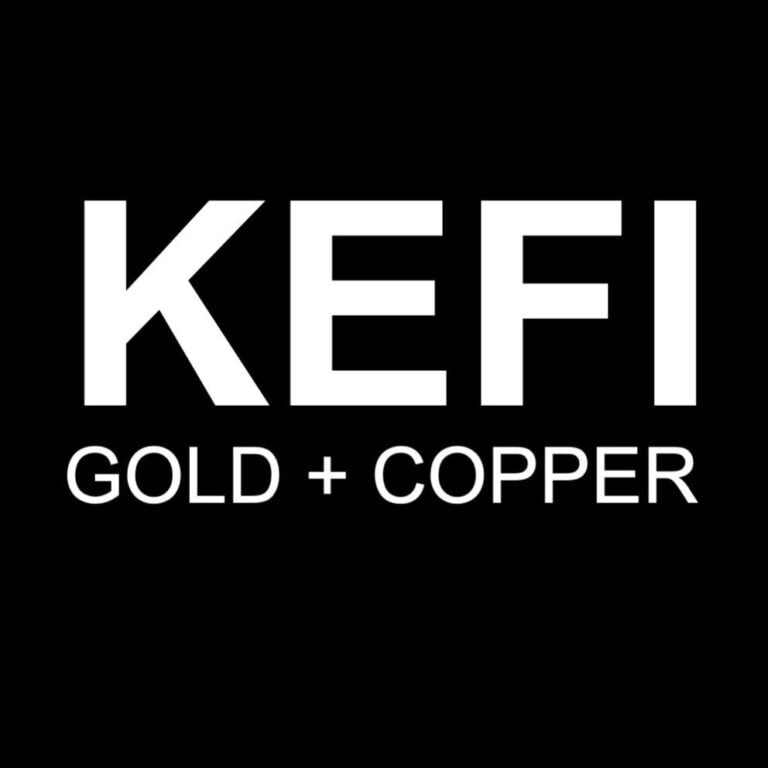The steady creep in gold’s price over recent days masks a more nuanced shift in investor psychology. A softer dollar has coaxed bullion higher, but it’s the subtle recalibration of market expectations, shaped by upcoming U.S. economic releases and geopolitical developments, that is quietly reshaping the opportunity set for long-term investors.
Gold inched up modestly, with prices settling above $3,334 per ounce, driven less by technical momentum and more by evolving sentiment around interest rates and inflation dynamics. Investors are now positioning ahead of key data releases, including U.S. GDP figures and the Federal Reserve’s preferred inflation gauge, the PCE index. With markets already pricing in a series of rate cuts by the end of the year, these data points have become pivotal, each carrying the potential to reinforce or upend dovish expectations.
Crucially, this price action is not unfolding in a vacuum. The broader macro landscape has become more conducive to gold allocation. A weakening dollar, coupled with softening real yields, creates a favourable environment for non-yielding assets. The geopolitical backdrop, while quieter, still lingers in investor memory, and that latent demand for stability has quietly supported bullion’s bid.
The Federal Reserve, for its part, remains cautious. Reiterations from policymakers that inflation risks persist, particularly in the wake of recent tariff adjustments, have added nuance to the policy outlook. But markets are increasingly leaning toward a soft-landing scenario, where inflation edges lower without derailing growth, allowing room for a measured policy easing. Within that context, gold stands to benefit not from a crisis bid, but from a reassertion of its role as a portfolio stabiliser.
This subtle shift in positioning is worth noting. Gold’s recent rise is not being driven by knee-jerk reactions or fear-driven buying. Instead, it appears to be a deliberate recalibration, investors gradually building positions ahead of what they believe could be a dovish inflection point in central bank policy. Such moves rarely announce themselves with dramatic headlines, but they often precede meaningful structural trends.
For long-term investors, the implications are clear. Gold is moving not in reaction to chaos, but in alignment with a softening macro pulse. The asset is quietly reclaiming its status as a hedge not only against inflation but also against policy uncertainty and currency drift. While short-term catalysts remain in play, the broader narrative is one of strategic accumulation, not speculative chase.
This backdrop creates a compelling setup. If economic data confirms a disinflationary trajectory and the dollar continues to drift, gold could find a sustained tailwind. Conversely, any surprises to the upside in inflation or growth would likely be absorbed as temporary headwinds within a broader, bullish allocation framework. Either way, the current balance of risks appears to favour gold’s inclusion as a core component in diversified portfolios.
London-listed company KEFI Gold and Copper plc (LON:KEFI) is an exploration and development company focused on gold and copper deposits in the highly prospective Arabian-Nubian Shield. The Company operates in Ethiopia and Saudi Arabia with projects including Tulu Kapi project, Jibal Qutman EL and Hawiah.







































